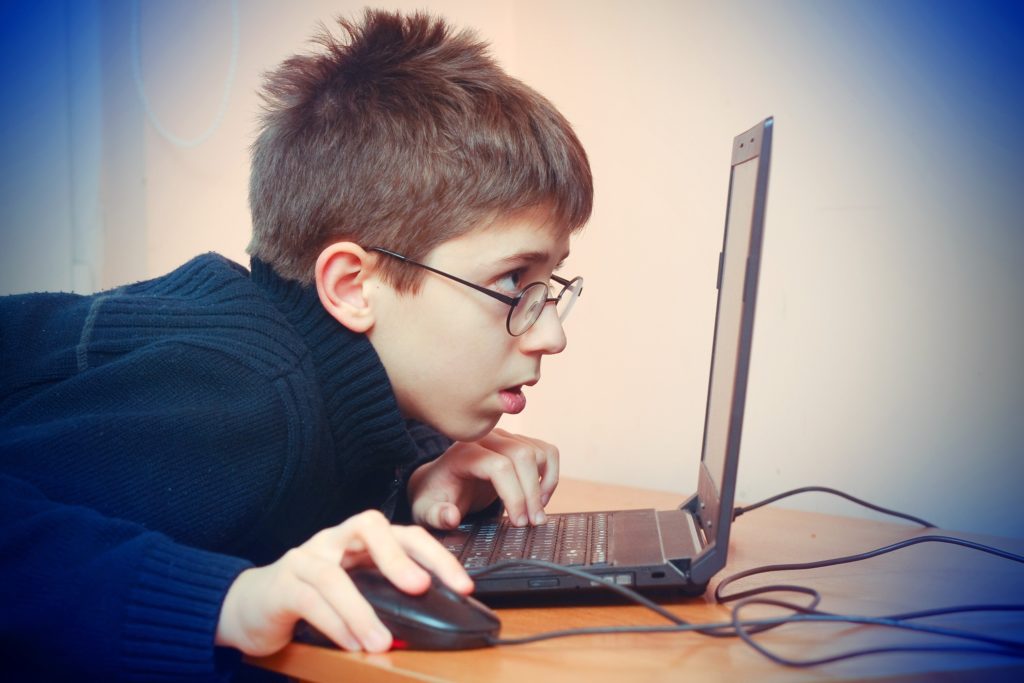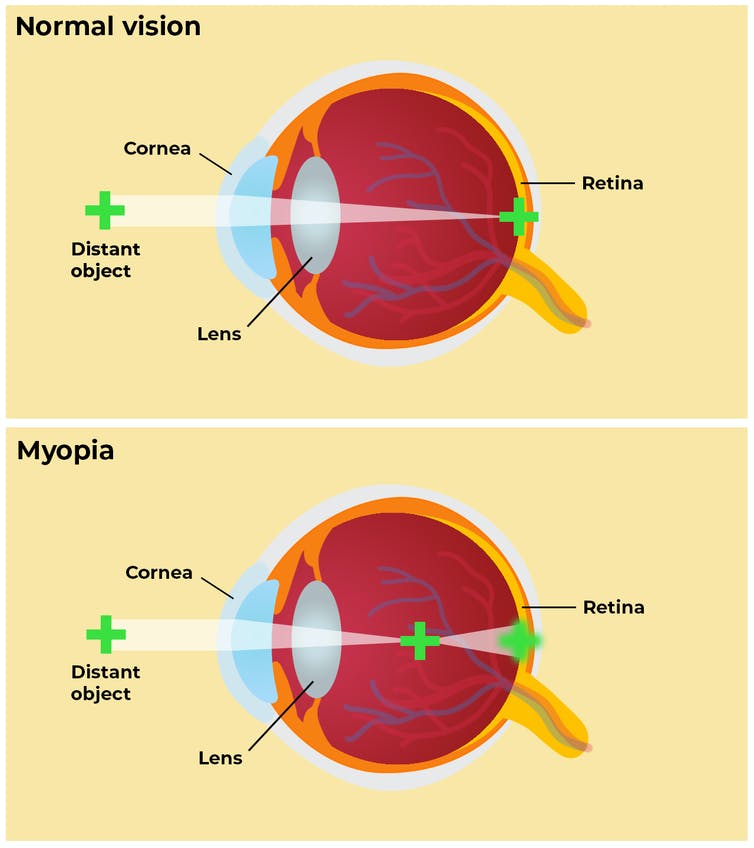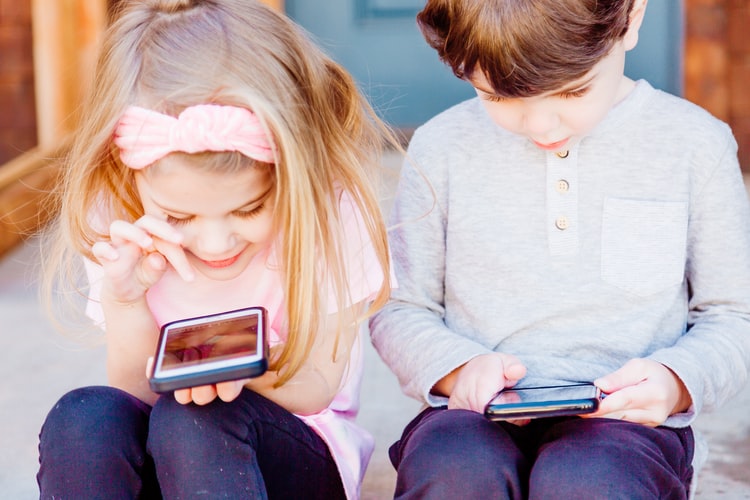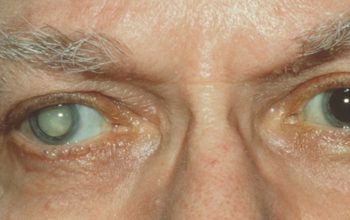A troubling correlation exists between the amount of time spent on screens due to coronavirus lockdowns, resulting in more time spent on screens, and people getting myopia, especially children.

The following written content from Alexander Freund
Can you see this? Do you have to focus to read this text on your screen? Do you feel your eyesight is still strong or have your eyes deteriorated recently as well?
With the lockdown, homeschooling, and working from home, we are all staring at screens, tablets, and mobile phones even more than we already did before the COVID-19 pandemic. Most people spend endless amounts of time at home now and rarely go outside. But that means our eyes are constantly focused on objects in close range inside, and we’re lacking the benefits of looking into the distance.
Exercising the eyes
A lack of exercise is particularly noticeable in children – including exercise for their eyes. Recent studies from the Netherlands and China show that as a result of COVID-19 restrictions, myopia has increased dramatically, especially in children. The phenomenon has been called “quarantine myopia”.
Data from more than 120,000 Chinese school children showed that kids between the ages of six and eight were up to three times more likely to have myopia in 2020 than children of their age in previous years. In this age group, visual acuity shifted by a substantial 0.3 diopters towards myopia.
Formative factors
This drastic deterioration of eyesight in young children is particularly frightening because being nearsighted (not being able to see objects that are farther away) is determined at an early age. Once someone is nearsighted, they stay that way. In most cases, nearsightedness begins in primary school and it increases as children grow up. The earlier it starts, the more severe it becomes. The grown eye does not shrink again.
If the eyeball grows too much between the ages of six and 10, it means the child has a harder time seeing objects farther in the distance. Severe nearsightedness also increases the risk of retinal detachment, cataracts due to high pressure inside the eye, or even blindness later in life.
The better the education, the worse the eyesight

According to the Brien Holden Vision Institute, by the middle of the century around five billion people, or roughly half of the world’s population, will be nearsighted. Especially in industrialized countries, the number of nearsighted people has risen rapidly in recent decades.
There is even a direct correlation between increased educational opportunities and poorer vision – the higher the level of education, the higher the risk of myopia.

“The increase is mainly due to very early and intensive use of PCs, smartphones and tablets, combined with increasingly shorter amounts of time spent outdoors during the day,” said Nicole Eter, Director of the Department of Ophthalmology at the University of Münster.
Asian countries have above-average rates of nearsighted children and adolescents. For example, after World War II, about 20-30% of 20-year-olds in Hong Kong, Taiwan and South Korea were nearsighted; today the figure is more than 80%. In China, four out of five young people are now nearsighted. In other Asian countries, the rate is as high as 95%. In Europe too, about half of young adults are nearsighted. Read more from DW
Follow similar interesting non political news stories from News Without Politics





